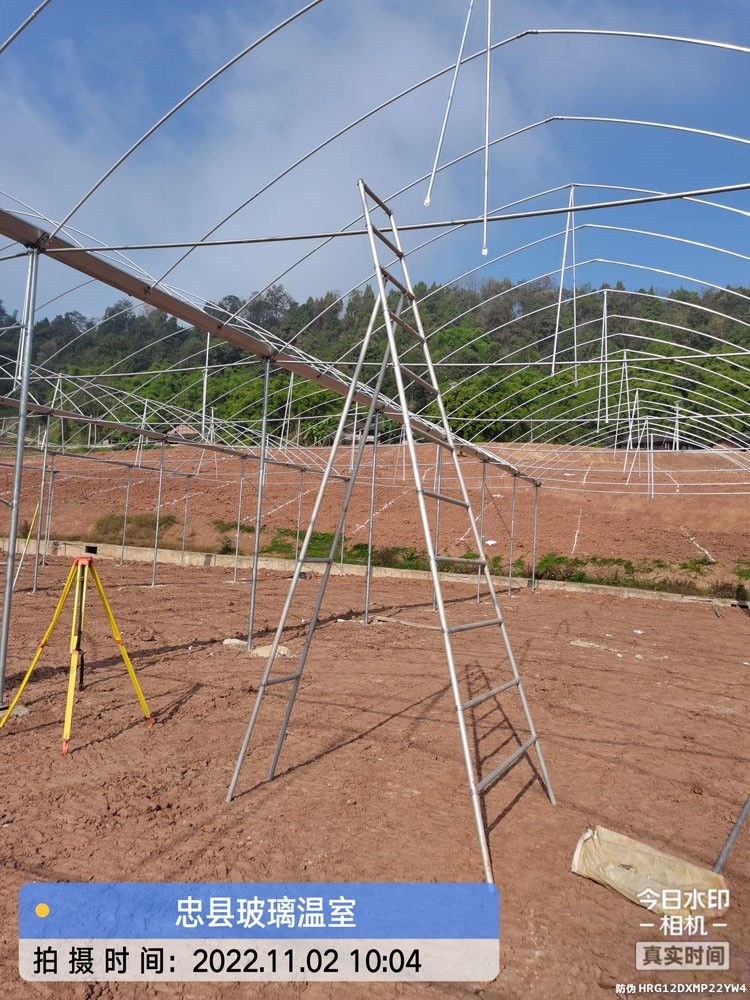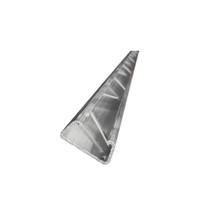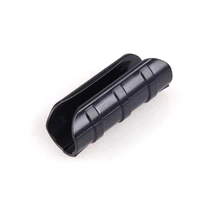How to adjust the light environment in the solar greenhouse
Illumination conditions are an important factor in the design of various environmental factors in solar greenhouses. It is not only the condition for photosynthesis of fruit trees, but also the heat source of the greenhouse, which directly affects the indoor temperature. Therefore, the quality of winter light conditions often becomes an important factor affecting the success or failure of production. The common understanding of many people engaged in the production and management of solar greenhouses is "not afraid of cold weather, but more cloudy days", which fully demonstrates the importance of light for solar greenhouses. Continuous cloudy days in winter, especially when they last for a long time, often bring catastrophic losses to production.
The light intensity in the greenhouse depends on the outdoor natural light intensity and the light transmission capacity of the greenhouse and the film. Due to the shading of the arch frame, the absorption and reflection of light by the film, the condensed water droplets and the adsorption of dust on the film, the light intensity in the greenhouse is significantly lower than that outside. Under normal circumstances, the indoor light intensity is equivalent to 50%-80% of the outdoor.
The distribution of light intensity in different locations in the greenhouse is also different. The horizontal distribution of light intensity in the north-south direction of the room is uneven, with strong light at the front of the room, followed by the middle, and weak light near the back wall. In winter, a reflective curtain is hung behind the cultivation bed, the purpose of which is to increase the light intensity of the area. Due to the shading effect of the gables on both sides in the east-west direction, two triangular weak light areas are formed at the east and west ends in the morning and afternoon respectively. They shrink or expand with the change of the sun position in a day, and disappear at noon. The vertical change of light intensity shows a decreasing trend from top to bottom. Near the inner side of the film, the light intensity is generally equivalent to about 80% of the outdoor light intensity, while 50-2500px from the ground, it is only about 60% of the outdoor light intensity.
The light time in the solar greenhouse is not only restricted by the natural light time, but also largely affected by artificial management measures. In winter, in order to keep warm, grass thatch and paper quilts should be uncovered later and covered earlier, which artificially shortens the indoor lighting time. From December to January of the next year, the indoor light time is generally 6-8 hours. After entering March, the outside temperature rises, and the grass thatch can be uncovered early and late to ensure that the indoor light time reaches more than 6-8 hours.








